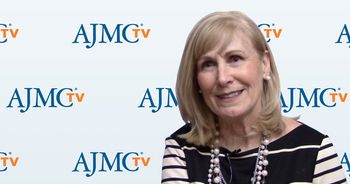
Asking 2 simple questions of all patients would give care coordinators all the information they need to provide truly patient-centered care, said Barbara Tofani, RN, MSN, NEA-BC, administrative director of the Hunterdon Regional Cancer Center.

Asking 2 simple questions of all patients would give care coordinators all the information they need to provide truly patient-centered care, said Barbara Tofani, RN, MSN, NEA-BC, administrative director of the Hunterdon Regional Cancer Center.
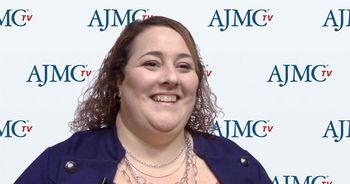
Screening patients for financial distress remains a challenge, but it’s important to find those patients early and start financial planning discussions immediately, said oncology financial navigator Clara Lambert, BBA, OPN-CG, chair of the Association of Community Cancer Centers' Financial Advocacy Network Advisory Committee.
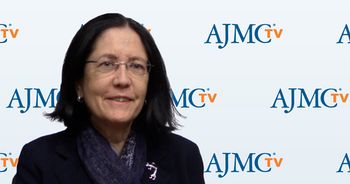
Electronic health records, interoperability, and quality measures are the biggest stressors causing clinician burnout, said Kathleen Blake, MD, MPH, vice president for Performance Improvement at the American Medical Association.
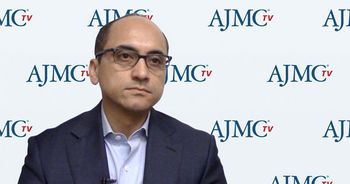
It is important to have financial discussions early and often with patients and framing the conversation in the right way, said Yousuf Zafar, MD, MHS, of the Duke Cancer Institute and a member of the Association of Community Cancer Centers Financial Advocacy Network Advisory Committee.

In general, practices and health systems don’t do a good job of integrating technology into practice, partly because most of the technology they use isn’t well suited to their needs, explained Charles Saunders, MD, CEO of Integra Connect.
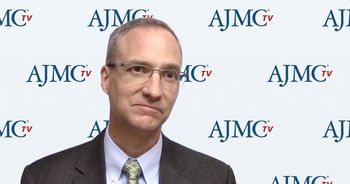
Success for integrated cancer care teams rely on a few things, such as having a champion, commitment, and strong communication, explained Thomas Asfeldt, MBA, RN, director of Outpatient Cancer Services at Sanford Cancer Center.

Technology can be used to make it easier for patients and practices to participate in clinical trials, while also easing some of the burden on research staff, said James Hamrick, MD, MPH, Kaiser Permanente and Flatiron Health.

Burnout among physicians is only getting worse, but there are ways an organization can put a program in place to address or even prevent burnout, said James Grayson, administrative chief of staff at West Cancer Center.

Often when financial navigators have discussions related to cost with patients, they have to start out defining the patient’s insurance benefits, said oncology financial navigator Clara Lambert, BBA, OPN-CG, chair of the ACCC Financial Advocacy Network Advisory Committee.

Using technology and collected data can greatly improve care coordination, but some low-tech options, like better team communication and involving the patient are also important, explained Barbara Tofani, RN, MSN, NEA-BC, administrative director of the Hunterdon Regional Cancer Center.

Looking at how burnout affects specialties differently shows that it’s not a work–life balance issues, but a systems one, said Kathleen Blake, MD, MPH, vice president for Performance Improvement at the American Medical Association.

Gathering data to use it to improve care delivery is easier said than done, explained Charles Saunders, MD, CEO of Integra Connect.

Integrated care teams will create more value for the patient, but there are multiple challenges in the creation of these teams, said Mark Soberman, MD, MBA, FACS, former president of the Association of Community Cancer Centers.
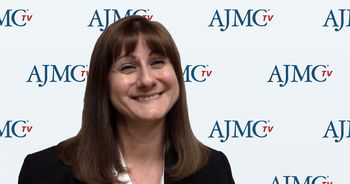
Pulling data out of an electronic health record (EHR) to be analyzed can be difficult because that’s not what these systems were typically created to do, said Pamela Tobias, MS, RHIA, CHDA, administrator of oncology services at Lehigh Valley Health Network.

Creating integrated cancer care teams is part of a paradigm shift that requires thinking of care delivery in a different way, explained Thomas Asfeldt, MBA, RN, director of Outpatient Cancer Services at Sanford Cancer Center.

Financial toxicity has been on the rise, but there has been movement toward reducing the burden through better communication and shared decision making, said Yousuf Zafar, MD, MHS, of the Duke Cancer Institute and a member of the Association of Community Cancer Centers Financial Advocacy Network Advisory Committee.

There are ways to identify if a colleague is becoming burned out, but also ways people can identify burnout in themselves, explained Kathleen Blake, MD, MPH, vice president for Performance Improvement at the American Medical Association (AMA).

Community practices are crucial for helping to increase diversity in clinical trials, said James Hamrick, MD, MPH, Kaiser Permanente and Flatiron Health.

The old ways that physicians used to coordinate care no longer work and the idea of just hiring 1 person to do it hasn’t been sufficient, said Barbara Tofani, RN, MSN, NEA-BC, administrative director of the Hunterdon Regional Cancer Center.

Practices increasingly need to use technology to deliver care in an increasingly value-based world, said Charles Saunders, MD, CEO of Integra Connect.

Communication is critical in providing integrated, comprehensive care, said Mark Soberman, MD, MBA, FACS, former president of the Association of Community Cancer Centers (ACCC).

Mark Soberman, MD, MBA, FACS, explains why he chose to focus on creating the next generation multidisciplinary team in cancer care during his 1-year tenure as president of the Association of Community Cancer Centers (ACCC).

Recent changes in the healthcare industry can both contribute to and exacerbate clinician burnout, but can also improve the situation, said Kathleen Blake, MD, MPH, vice president for Performance Improvement at the American Medical Association.
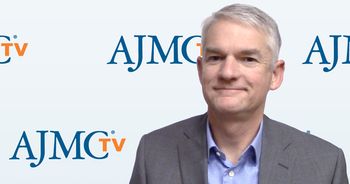
Tom Gallo, president of the Association of Community Cancer Centers, discusses how burnout is on the rise, but being better addressed now, as well as how technology can both contribute to and alleviate burnout.

All members of the care team can get burned out, not just the physicians, explained Tom Gallo, president of the Association of Community Cancer Centers.

At the Association of Community Cancer Centers’ (ACCC) 44th Annual Meeting & Cancer Center Business Summit, March 14-16, 2018, in Washington, DC, panelists discussed the most powerful forces that are reshaping cancer care to be more multidisciplinary.

Finding inefficiencies in operational processes to identify gaps, improve symptom management and adherence, and optimizing value-based care—these are a few of the advantages of implementing technology in the daily operations of a community-based practice. This was the takeaway message from a series of presentations at the Association of Community Cancer Centers' 44th Annual Meeting & Cancer Center Business Summit, March 14-16, 2018, in Washington DC.

Care has become very complex and it isn’t enough to just give patients information and hope they can process it on their own, said Barbara Tofani, RN, MSN, NEA-BC, administrative director of the Hunterdon Regional Cancer Center.

At the Association of Community Cancer Centers' 44th Annual Meeting & Cancer Center Business Summit, held March 14-16, 2018, in Washington, DC, panelists shared strategies that have helped their organizations adapt to value-based care while ensuring that they never lose sight of the patient at the center of it all.
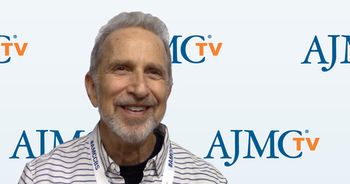
The US health system has done a poor job of integrating new technologies into practice, while other countries do better, said Roger Holzberg, BFA, co-founder and creative director of Reimagine Well.

259 Prospect Plains Rd, Bldg H
Cranbury, NJ 08512
© 2025 MJH Life Sciences®
All rights reserved.
